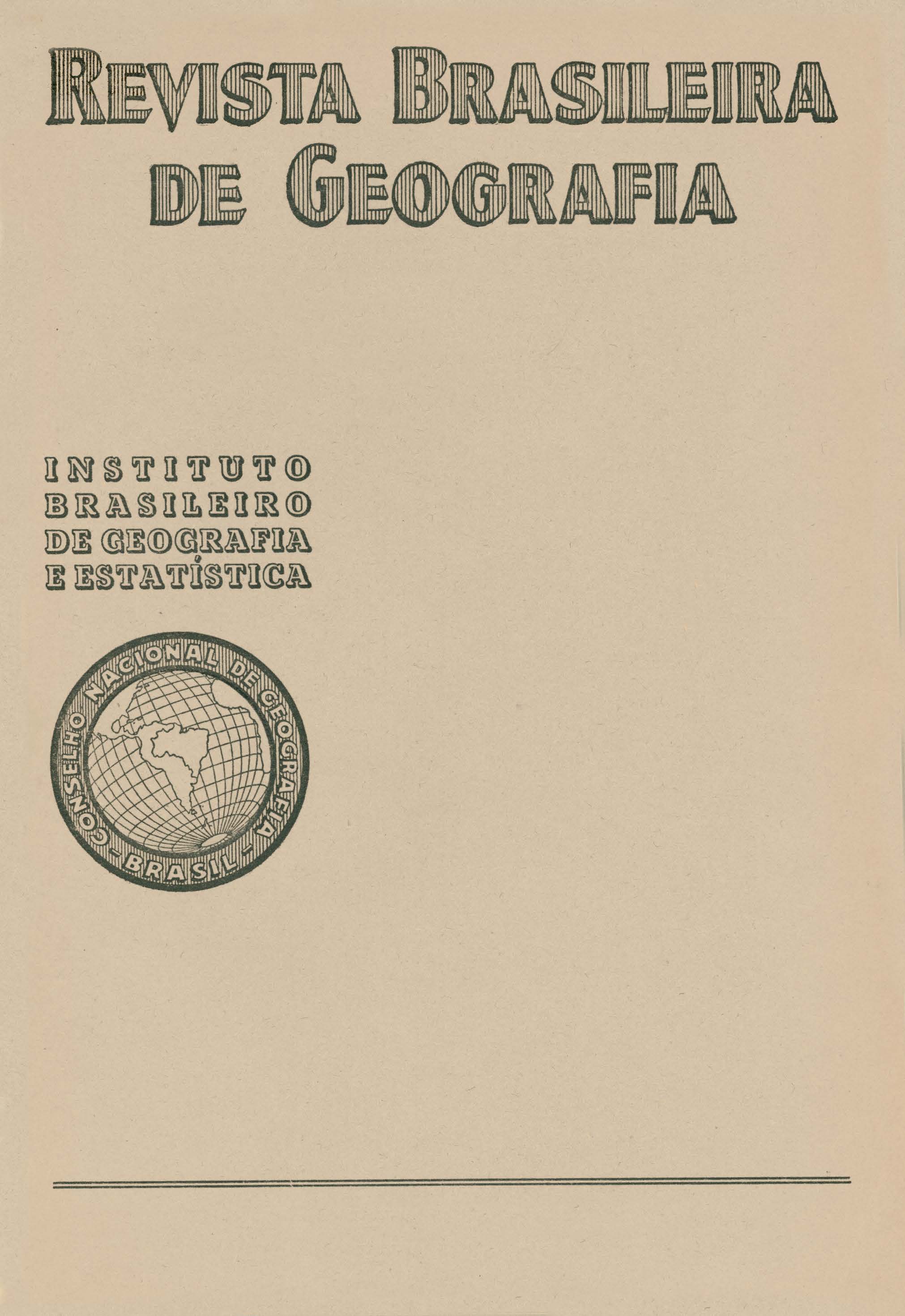A Geografia urbana e sua influência sobre o urbanismo superficial e subterrâneo
Resumo
Engineer JERÔNIMO CAVALCANTI, of the Prefecture of the Federal District, makes a study of the influence of urban geography upon surface and underground urbanism.
At first he stresses the importance of geotechnical knowledge upon the edification of the cities, making largely dependant from it the future salubrity and economic installation of same, or allowing to be found in such knowledge the basis for the study of the development of cities already existing.
Analysing the hygienic aspect, due to geologic structure, he accepts Fossangrive's classification, namely: rochy, sandy, alluvial and cities constructed upon artificial soil. He presents the advantages and disadvantages of all of them, offered by their geological foundations to the health of man. Still in accordance with that classification, he studies the cities under their economic aspect and shows the actions anti reactions offered by their geologicals texture, confirming in everything the remarkable influence of the accurate knowledge of the soil and subsoil of settlements upon the hygiene and economy of same. He treats, ina special chapter, of the endogenous phenomena, submits various examples, mentions the progress already obtained by modern engineering and affirms that "a correlation exists between urban geography and seismology":
In another chapter he makes evident the connection of urban geography and phytogeography; recommends gardening and tree-planting in the cities, and states; "urban and rural phytogeography, represented by parks and gardens, which ensure hygiene and beautify the landscape, and by the concentrical agricultural area, which ensures supplies and consolidates progress, serves as a guide to the urbanist. "Ruralism is, concisely, the guarantee of urbanism. Together they form the binary around the centre of which turn the possibilities and the progress of the urban nucleus and all social and economic values grow and develop". He presents Brazilian instances of the progress of cities due to ruralism, even making an historical retrospect of the coffee and sugar-cane periods.
He ends, after some considerations tending to strengthen the close connection between Urbanism and Geography, by stating that the Urbanist, when laying down his plans of a town, should study the soil and subsoild and the constitution of the ground under the following aspects: hygienic, economic, geodynamic and phytogeographic. "Therefore, inspired by RATZEL, RITTER and HUMBOLDT, the Urbanist can, by an eclectic juggling of his principies applied to geographic "landscape", plan and construct cities that are sanitated, prosperous, stable, well-supplied and panoramic".






